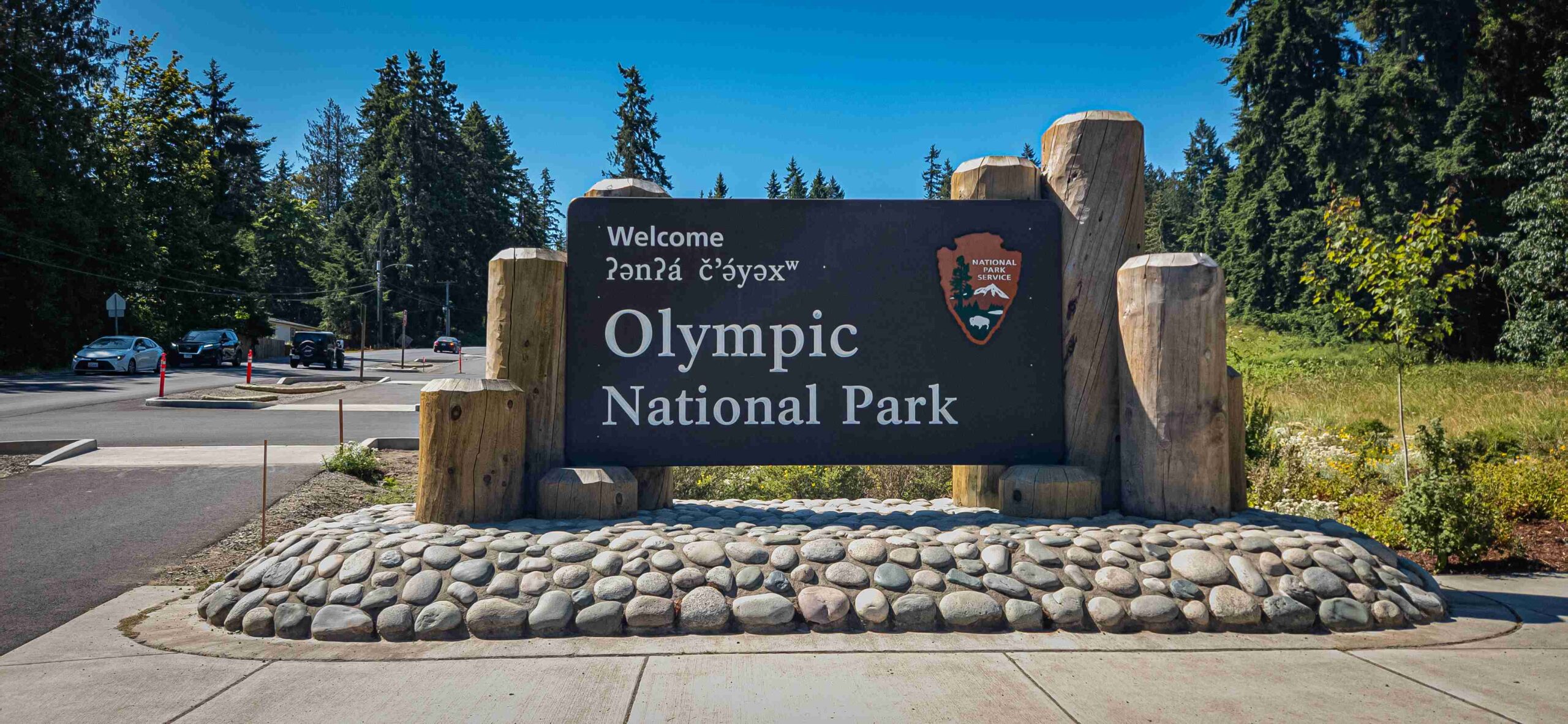Spike Camp in Olympic National Park offers a rustic backcountry experience for adventurous hikers. Located 3.6 miles from the Staircase Ranger Station along the North Fork Skokomish River Trail, this primitive campsite provides basic amenities for overnight stays. With its strategic position near the junction of popular hiking trails, Spike Camp serves as an ideal base for exploring the park’s diverse ecosystems, from lowland forests to subalpine meadows.
What Are the Key Features of Spike Camp?

Spike Camp in Olympic National Park is characterized by its minimalist facilities and natural setting. Here are the main features:
- Location: 3.6 miles from Staircase Ranger Station
- Terrain: Limited flat spaces for tent pitching
- Facilities: Pit toilet (new outhouse)
- Water Source: North Fork Skokomish River (requires treatment)
- Fire Rings: Available, but subject to elevation restrictions
How Can You Reserve a Spot at Spike Camp?

Securing a spot at Spike Camp requires careful planning and adherence to park regulations:
- Obtain a Wilderness Permit:
- Required for all overnight stays in the park’s wilderness areas
- Available through the Olympic National Park’s Wilderness Information Center
-
Can be reserved online through the park’s official website
-
Plan Ahead:
- Permits are in high demand, especially during peak seasons
- Check the park’s website for the most up-to-date reservation procedures
-
Be aware of any deadlines or cancellation policies
-
Consider Alternatives:
- If Spike Camp is full, explore other backcountry camping options along the trail
What Is the Best Route to Reach Spike Camp?
The journey to Spike Camp is an integral part of the wilderness experience:
- Start at Staircase Ranger Station:
- Located in the southeastern part of Olympic National Park
-
Accessible by car via Lake Cushman Road
-
Follow North Fork Skokomish River Trail:
- Well-maintained trail suitable for most skill levels
- Approximately 3.6 miles to Spike Camp
-
Moderate difficulty with some elevation gain
-
Key Landmarks:
- Cross several footbridges over the river
- Pass the junction with Flapjack Lakes Trail
- Spike Camp is just beyond this junction
What Activities Can You Enjoy at Spike Camp?
Spike Camp serves as a gateway to numerous outdoor activities:
- Hiking:
- Continue on North Fork Skokomish River Trail to First Divide
- Explore side trails like Flapjack Lakes or Gladys Divide
-
Observe diverse flora and fauna in different ecological zones
-
Fishing:
- Try your luck in the North Fork Skokomish River
-
Check park regulations for fishing licenses and restrictions
-
Wildlife Viewing:
- Keep an eye out for native species like Roosevelt elk and black bears
-
Bring binoculars for bird watching opportunities
-
Photography:
- Capture stunning landscapes of the Olympic Mountains
- Document the changing scenery from lowland forests to subalpine areas
What Should You Pack for a Stay at Spike Camp?
Given the remote location and basic amenities, proper packing is crucial:
- Tent and sleeping gear
- Water filtration system
- Backpacking stove (campfires may be restricted)
- Bear-resistant food container
- First aid kit and emergency supplies
- Appropriate clothing for variable weather conditions
- Map and compass (or GPS device)
- Wilderness Permit and identification
How Can You Practice Leave No Trace at Spike Camp?
Preserving the natural beauty of Olympic National Park is a responsibility shared by all visitors:
- Pack It In, Pack It Out:
-
Carry all trash and leftover food out of the backcountry
-
Minimize Campfire Impacts:
- Use established fire rings where allowed
- Burn only dead and down wood
-
Fully extinguish fires before leaving
-
Respect Wildlife:
- Store food properly in bear-resistant containers
-
Observe animals from a distance
-
Be Considerate of Other Visitors:
- Keep noise levels down
-
Yield to other hikers on the trail
-
Leave What You Find:
- Do not disturb plants, rocks, or artifacts
What Are the Seasonal Considerations for Visiting Spike Camp?
The experience at Spike Camp varies throughout the year:
| Season | Conditions | Considerations |
|---|---|---|
| Spring | Wet, cool | Potential snow at higher elevations, wildflowers beginning to bloom |
| Summer | Warm, dry | Peak season, more crowded, best for high-elevation hikes |
| Fall | Cool, variable | Beautiful foliage, fewer crowds, prepare for sudden weather changes |
| Winter | Cold, wet | Snow likely, advanced winter camping skills required |
How Can You Ensure a Safe Experience at Spike Camp?
Safety should be a top priority when staying at Spike Camp:
- Inform someone of your trip plans
- Carry a detailed map and compass
- Be prepared for sudden weather changes
- Know basic first aid and carry a well-stocked kit
- Understand how to store food properly to avoid wildlife encounters
- Carry emergency communication devices like a satellite messenger
By following these guidelines and respecting the wilderness, visitors to Spike Camp in Olympic National Park can enjoy a memorable and responsible backcountry experience.
References:
1. National Park Service – North Fork Skokomish River Trail
2. Washington Trails Association – North Fork Skokomish River

